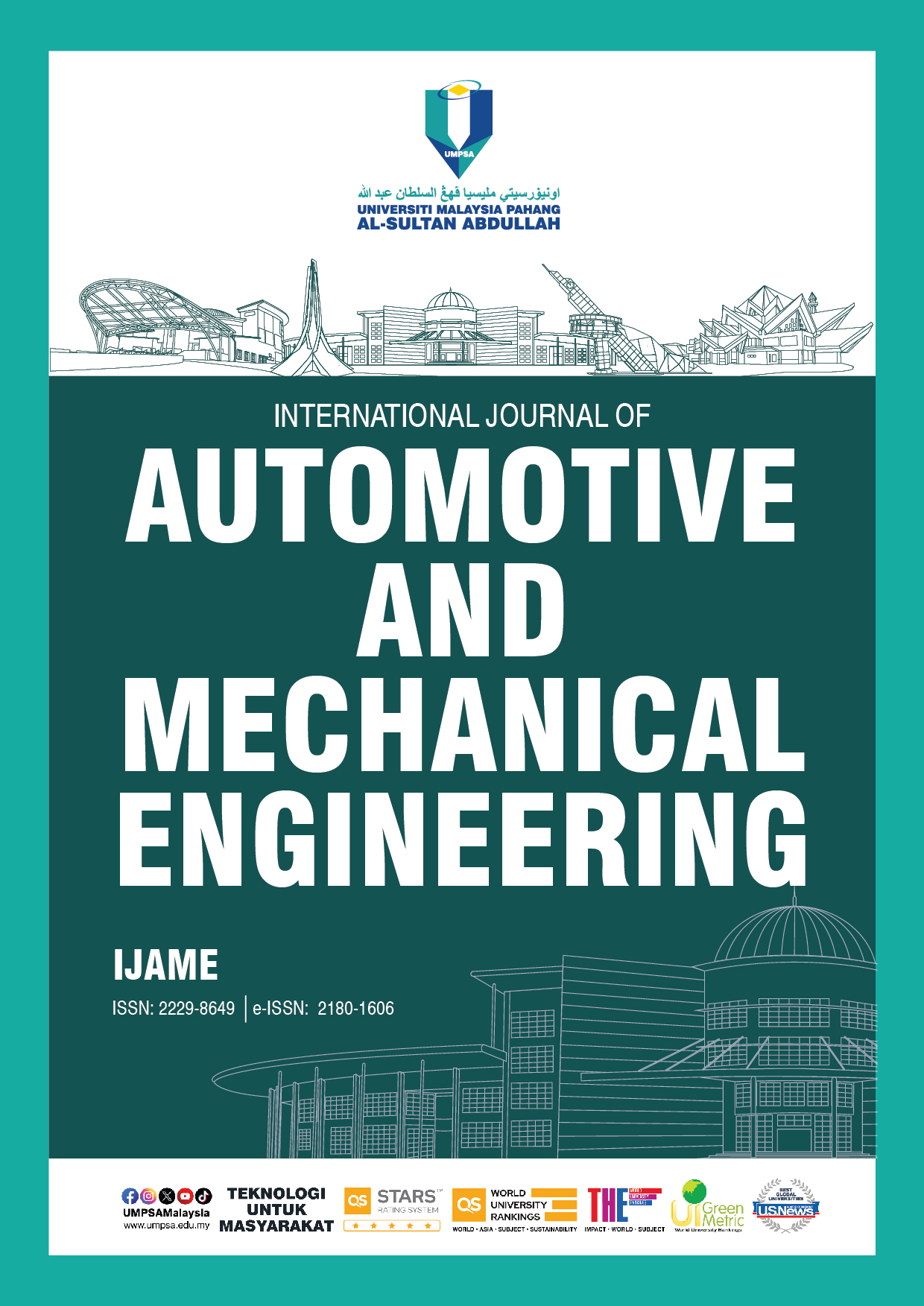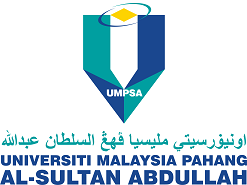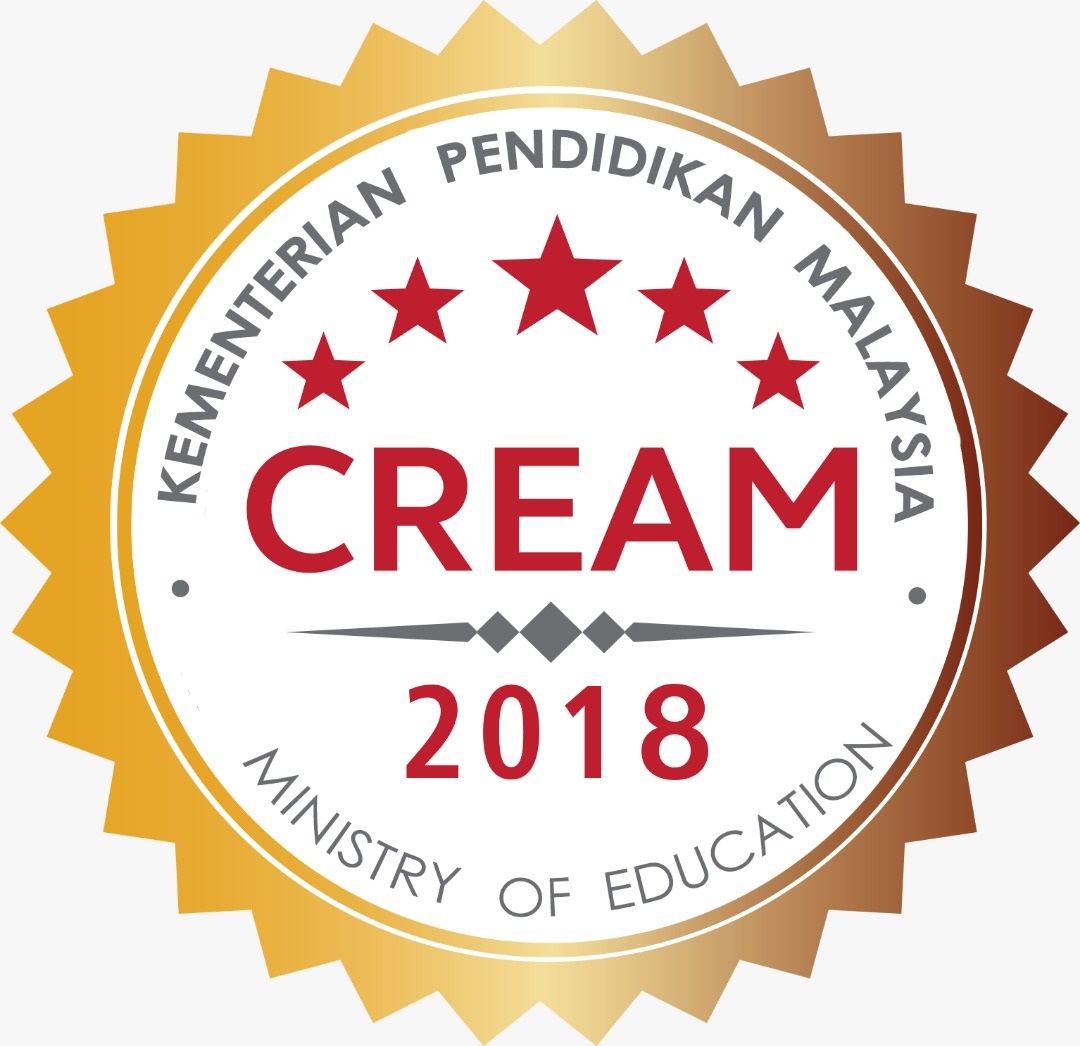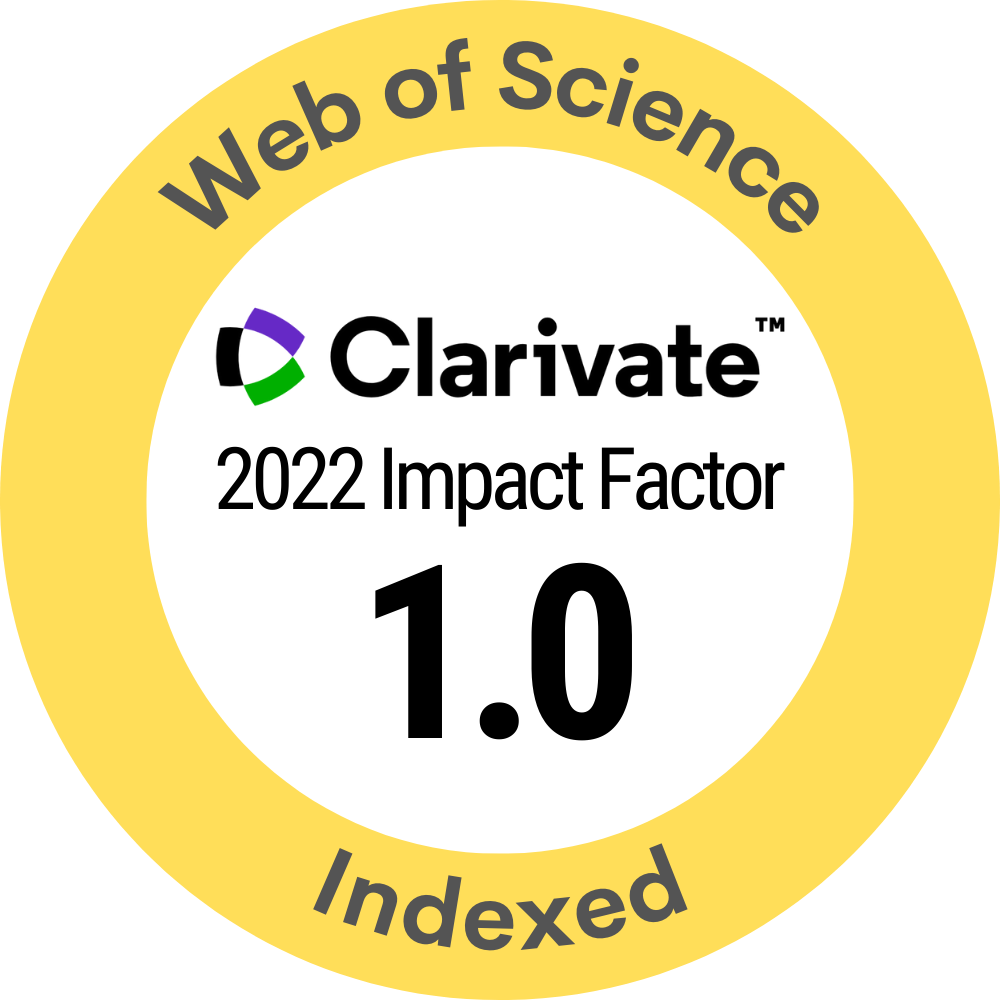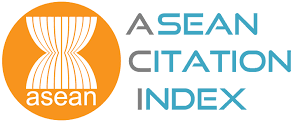Multi-Objective Optimization of the Surface Grinding Process for Heat-Treated Steel
DOI:
https://doi.org/10.15282/ijame.21.4.2024.8.0911Keywords:
RMS, Taguchi, Optimization, Grinding machine, Process parameterAbstract
This paper effectively integrates Taguchi, Response Surface Methodology (RSM), and Genetic Algorithm (GA) approaches for both single and multi-objective optimization, delivering low-cost, high-effectiveness solutions for grinding. It examines the effects of three factors—depth of cut in coarse grinding, depth of cut in fine grinding, and the number of spark-outs—on three objectives: surface roughness, grinding time, and the deviation between the desired and actual grinding depth for SKD61 steel. Through in-depth analysis, the paper describes the impact of these factors and their interactions with the responses. It also proposes the optimal parameter setup for each objective. The optimal grinding time is achieved at 950 seconds with a coarse grinding depth of 0.007 mm, fine grinding depth of 0.004 mm, and zero spark-out. The minimal deviation and surface roughness were obtained at 0 mm and 0.144 µm, respectively, using the optimal setup of a coarse grinding depth of 0.004 mm, fine grinding depth of 0.001 mm, and 10 spark-outs. By applying GA, the paper provides a Pareto solution set, offering multiple combinations of optimal factors for minimizing grinding time, deviation, and surface roughness. These solutions serve as useful references for users seeking the best trade-offs in multi-objective scenarios. This paper contributes to improving customer satisfaction by enhancing the quality and efficiency of the machining process while reducing production costs for grinding machines. Its methodology can also be applied to other optimization fields.
References
[1] G. Guo, Z. Liu, Q. An, and M. Chen, “Experimental investigation on conventional grinding of Ti-6Al-4V using Sick abrasive,” The International Journal of Advanced Manufacturing Technology, vol. 57, pp. 135-142, 2011.
[2] N. Alagumurthi, K. Palaniradja, and V. Soundararajan, “Optimisation of process parameters in grinding on different dimensions and perspectives,” International Journal of Industrial and Systems Engineering, vol. 3, no. 4, pp. 447-473, 2008.
[3] M. Soori and M. Asmael, “A review of the recent development in machining parameter optimization,” Jordan Journal of Mechanical and Industrial Engineering, vol. 16, no. 2, pp. 205-223, 2022.
[4] D. Kumar Patel, D. Goyal, and B. Pabla, “Optimization of parameters in cylindrical and surface grinding for improved surface finish,” Royal Society Open Science, vol. 5, no. 5, p. 171906, 2018.
[5] F. Li, Y. Xue, Z. Zhang, W. Song, and J. Xiang, “Optimization of grinding parameters for the workpiece surface and material removal rate in the belt grinding process for polishing and deburring of 45 steel,” Applied Sciences, vol. 10, no. 18, p. 6314, 2020.
[6] T. Lee, T. Ting, Y. Lin, and T. Htay, “A particle swarm approach for grinding process optimization analysis,” The International Journal of Advanced Manufacturing Technology, vol. 33, pp. 1128-1135, 2007.
[7] K.R. Jagtap, S. Ubale, and M. Kadam, “Optimization of cylindrical grinding process parameters for AISI 5120 steel using Taguchi method,” International Journal of Design and Manufacturing Technology, vol. 2, no. 1, pp. 47-56, 2011.
[8] D. Pal, A. Bangar, R. Sharma, and A. Yadav, “Optimization of grinding parameters for minimum surface roughness by Taguchi parametric optimization technique,” International Journal of Mechanical and Industrial Engineering, vol. 1, no. 3, pp. 74-78, 2012.
[9] J. S. Kwak and I. K. Kim, “Parameter optimization of surface grinding process based on Taguchi and response surface methods,” Key Engineering Materials, vol. 306, pp. 709-714, 2006.
[10] P. Krajnik, J. Kopac, and A. Sluga, “Design of grinding factors based on response surface methodology,” Journal of Materials Processing Technology, vol. 162, pp. 629-636, 2005.
[11] V. Nguyen, F. Altarazi, and T. Tran, “Optimization of process parameters for laser cutting process of stainless steel 304: A comparative analysis and estimation with Taguchi method and response surface methodology,” Mathematical Problems in Engineering, vol. 2022, p. 6677586, 2022.
[12] P. Kumar, A. Kumar, and B. Singh, “Optimization of process parameters in surface grinding using response surface methodology,” International Journal of Research in Mechanical Engineering & Technology, vol. 3, no. 2, pp. 245-252, 2013.
[13] M. Aravind and D.S. Periyasamy, “Optimization of surface grinding process parameters by Taguchi method and response surface methodology,” International Journal of Engineering Research, vol. 3, pp. 1721-1727, 2014.
[14] S.P. Kodali, R. Kudikala and D. Kalyanmoy, “Multi-objective optimization of surface grinding process using NSGA II,” 2008 First International Conference on Emerging Trends in Engineering and Technology, Nagpur, India, pp. 763-767, 2008.
[15] D.D. Trung, N. Thien, and N.-T. Nguyen, “Application of TOPSIS method in multi-objective optimization of the grinding process using segmented grinding wheel,” Tribology in Industry, vol. 43, no. 1, p. 12, 2021.
[16] Y. Wang, X. Chen, W. Gui, and C. Yang. “A hybrid multi-objective differential evolution algorithm and its application to the optimization of grinding and classification,” Journal of Applied Mathematics, vol. 2013, no. 1, p. 841780, 2013.
[17] N. Baskar, R. Saravanan, P. Asokan, and G. Prabhaharan, “Ants colony algorithm approach for multi-objective optimisation of surface grinding operations,” The International Journal of Advanced Manufacturing Technology, vol. 23, pp. 311-317, 2004.
[18] Y. Yusoff, M.S. Ngadiman, and A.M. Zain, “Overview of NSGA-II for optimizing machining process parameters,” Procedia Engineering, vol. 15, pp. 3978-3983, 2011.
[19] K. Bousnina, A. Hamza, and N. Ben Yahia, “Effect of vibration and welding parameters on spot weld resistance: modeling integrating PSO-ANN and GA algorithm,” Multiscale and Multidisciplinary Modelling, Experiments and Design, vol. 7, no. 3, pp. 1755-1767, 2024.
[20] K. Bousnina, A. Hamza, and N.B. Yahia, “A combination of the particle swarm optimization-artificial neurons network algorithm and response surface method to optimize energy consumption and cost during milling of the 2017A alloy,” Energy Exploration & Exploitation, vol. 42, no. 2, pp. 727-746, 2024.
[21] G. Zhang, M. Liu, J. Li, W.Y. Ming, X.Y. Shao and Y. Huang, “Multi-objective optimization for surface grinding process using a hybrid particle swarm optimization algorithm,” The International Journal of Advanced Manufacturing Technology, vol. 71, pp. 1861–1872, 2014.
[22] N.T. Nguyen, D.H. Tien and H. Le Dang “A research on multi-objective optimization of the grinding process using segmented grinding wheel By Taguchi-dear method,” Eureka: Physics and Engineering, vol. 1, pp. 67-77, 2021.
[23] A.T. Nguyen, T.T.N. Nguyen, Q.H. Tran, H.Q. Nguyen, H.A. Le, H.L. Nguyen, et al. “Multi-objective optimization for minimum surface roughness and maximum wheel life when external cylindrical grinding SKD11 steel. In Advances in Engineering Research and Application: Proceedings of the International Conference on Engineering Research and Applications, ICERA 2021, pp. 601-609. Springer International Publishing.
[24] X.L. Wang, L.M. Liu, L. Duan, and Q. Liao, “Multi-objective optimization for an industrial grinding and classification process based on PBM and RSM,” IEEE/CAA Journal of Automatica Sinica, vol. 10, no. 11, pp. 2124–2135, 2023.
[25] S. Azim, S. Noor, Q.S. Khalid, A.M. Khan, D.Y. Pimenov, I. Ahmad, A.R. Babar, C.I. Pruncu. “Sustainable manufacturing and parametric analysis of mild steel grade 60 by deploying CNC milling machine and Taguchi method,” Metals, vol. 10, no. 10, p. 1303, 2020.
Downloads
Published
Issue
Section
License
Copyright (c) 2024 The Author(s)

This work is licensed under a Creative Commons Attribution-NonCommercial 4.0 International License.

